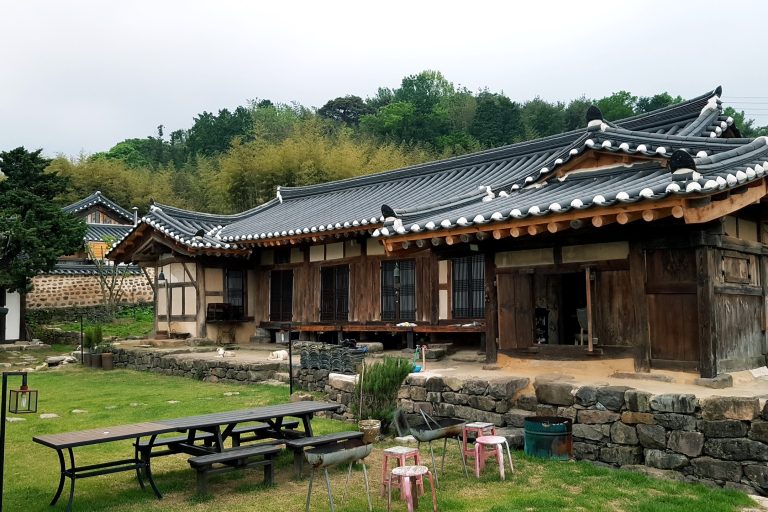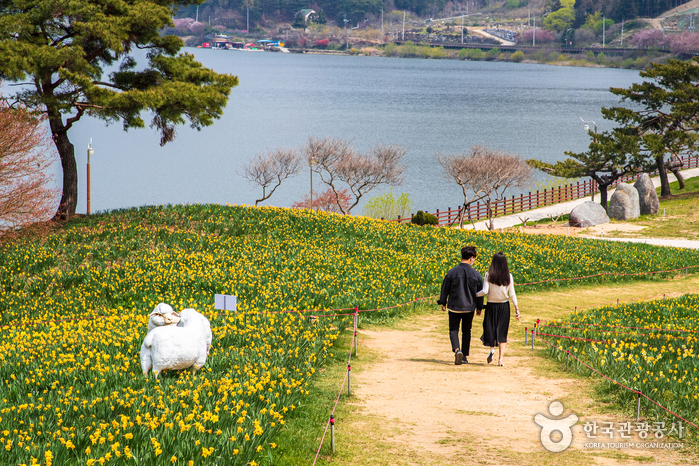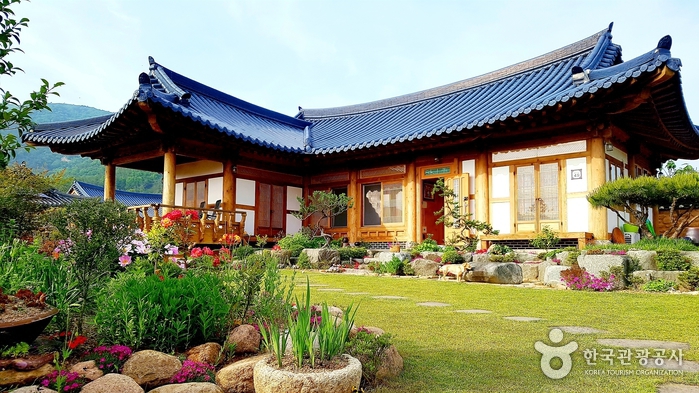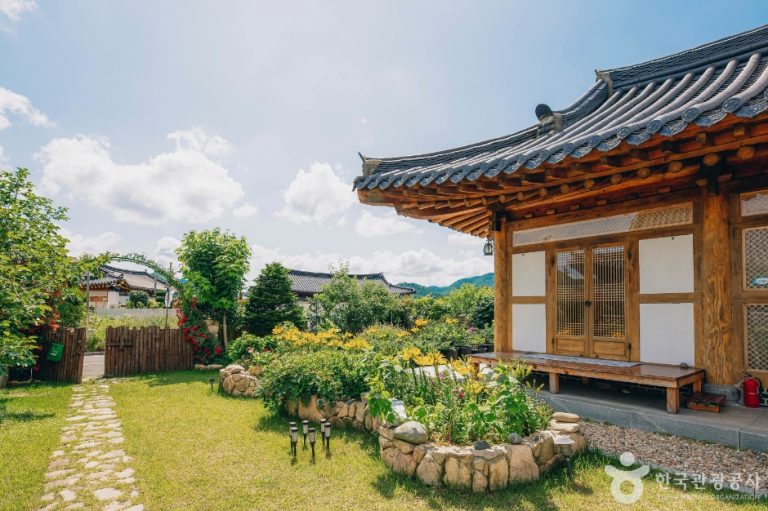Duryunsan Provincial Park (두륜산도립공원)
Duryunsan Provincial Park (두륜산도립공원)
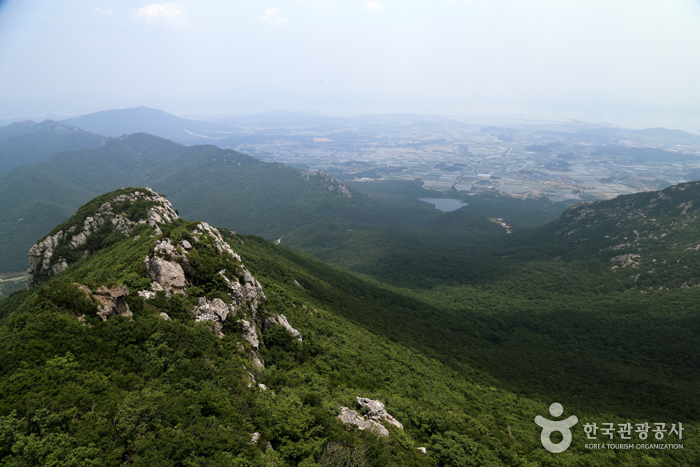 – Homepage
– Homepage
www.haenam.go.kr/tour
– Tel
+82-61-530-5543
Containing many Buddhist temples and ruins as well as spectacular scenery, the 700 meter-tall Duryunsan Mountain is located at the southernmost point of the Korean peninsula. Forested by subtropical green broadleaf trees and temperate deciduous broadleaf trees, the mountain is valued highly for observing plant chorology. There are many fields of silver grass, and the summit of the park’s eight peaks provide vistas of the western and southern sea.
During the fifth year of King Jinheung’s reign (514), the Buddhist monk Ado built Daedunsa Temple, which is a place of great historical value as it is also related to the Buddhist monk Seosan. The temple is built among dense woodlands, consisting of maple trees and camellias. Breathtaking scenery of valleys and luxuriant trees can be seen on both sides of the 2-kilometer-long road leading to the temple.
– Address : 400, Daeheungsa-gil, Haenam-gun, Jeollanam-do
※ Presentation Information
– Information and Guides
• 1330 Travel Hotline: +82-2-1330
(Korean, English, Japanese, Chinese)
• For more info: +82-61-530-5543
– Parking
Available
– Day Off
N/A (Open all year round)
– Hiking Course
[Course 1] Ticket booth – Jangchun-dong Forest Path – Daeheungsa Temple – Pyochungsa Temple – Bungmireulam Hermitage – Osimjae Pass – Noseungbong Peak – Garyeonbong Peak – Maniljae Pass – Duryunbong Peak – Jinburam Hermitage – Multeonggeorigol Valley – Pyochungsa Temple (Travel time approx. 5 hr)
[Course 2] Ticket booth – Jangchun-dong Forest Path – Daehuengsa Temple – Pyochungsa Temple – Bungmireukam Hermitage – Cheonnyeonsu Spring (Manil Rest Area) – Maniljae Pass – Duryunbong Peak – Jinburam Hermitage – Multeonggeorigol Valley – Pyochungsa Temple (Travel time approx. 3 hr 30 min)
[Course 3] Ticket booth – Jangchun-dong Forest Path – Daeheungsa Temple – Pyochungsa Temple – Iljiam Hermitage – Cheonnyeonsu Spring (Manil Rest Area) – Maniljae Pass – Duryunbong Peak – Jinburam Hermitage – Pyochungsa Temple (Travel time approx. 3 hr)
– Tour Course Information
– Admission Fees
Fees apply to cultural asset sites
– Available Facilities
Duryunsan Cable Car
– Restrooms
Available
– Korean Info. Service
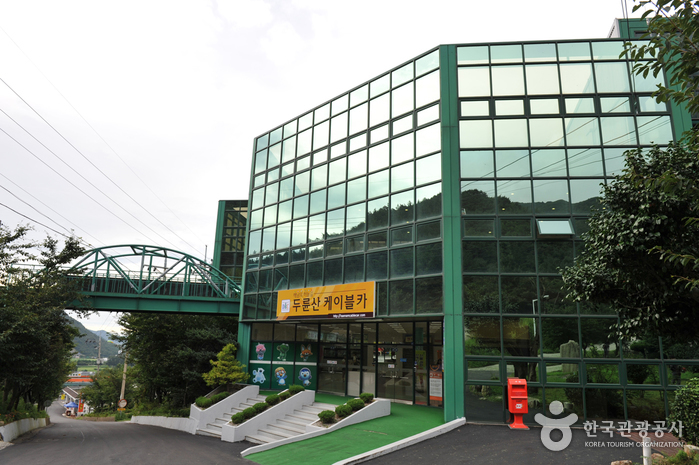

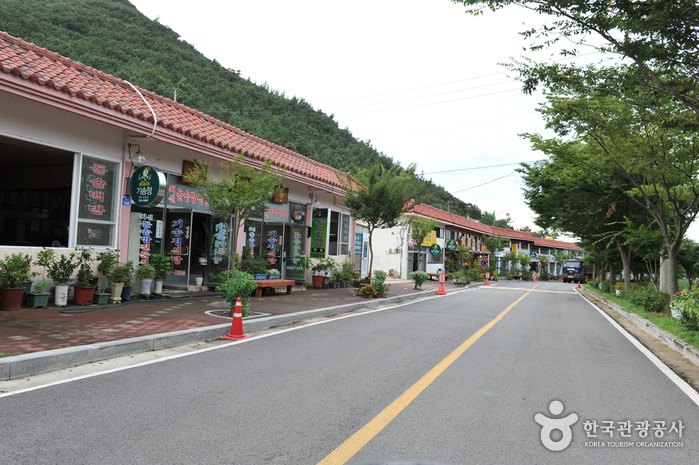
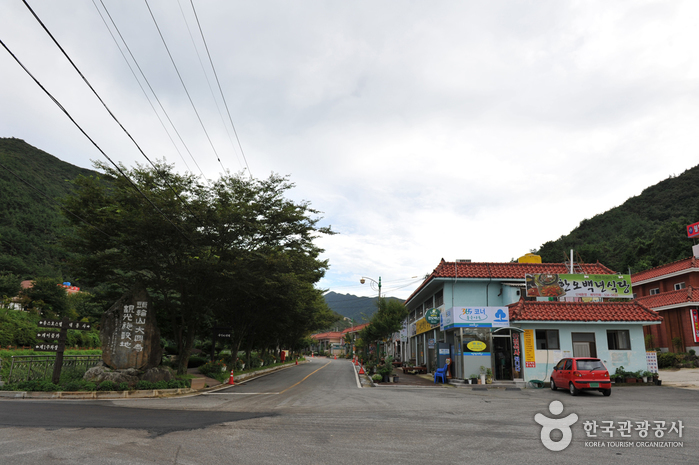
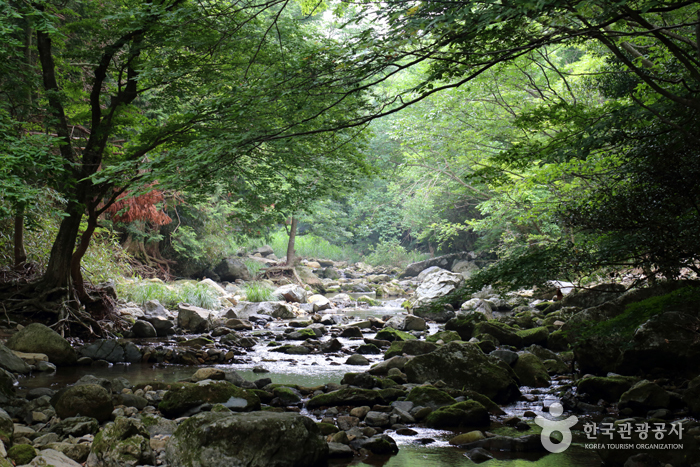
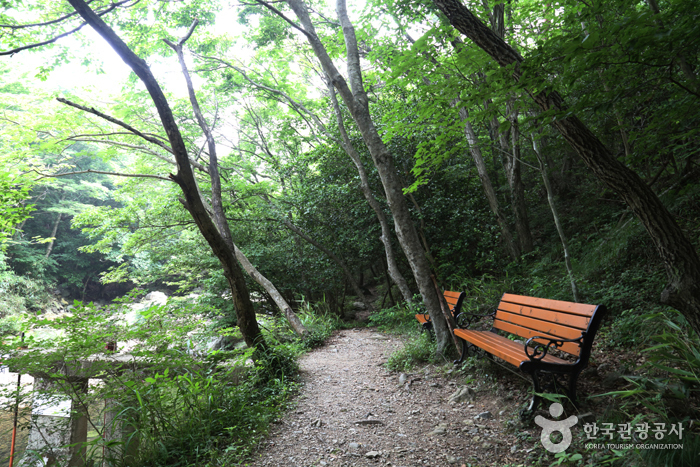
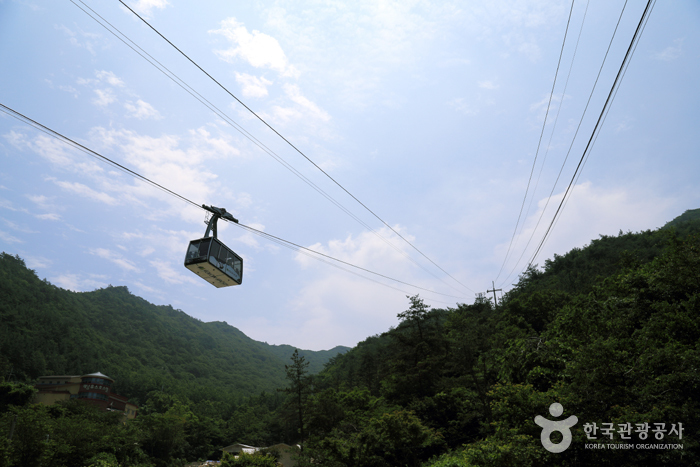
◎ Nearby Tourism Infobox
⊙ Sanmaruteo (산마루터)
Sanmaruteo is a specialty restaurant offering traditional healthy cuisine from the Namdo region of Korea. They exclusively serve a single menu: Cheonggukjang chalbap (Rich soybean paste soup and steamed sweet rice). Served with hot stone pot rice, cheonggukjang (rich soybean paste soup) and a variety of hearty side dishes. Freshly cooked rice in a hot stone pot that enhances the flavor. Alongside dishes like pan-fried bean curd, grilled yellow croaker, and spicy stir-fried pork, accompanied by various seasoned salad, visitors can enjoy a satisfying meal.
⊙ Duryunsan Cable Car (두륜산케이블카)
– Homepage
www.haenamcablecar.com
– Tel
+82-61-534-8992
Duryunsan Mountain (700 meters) is a famous mountain in Jeollanam-do. With its eight peaks, it is home to many temples and historic sites. The mountain also holds great importance in plant chorology as its forests consist of warm-temperate broad-leaved evergreens and deciduous broad-leaved trees. The mountain peak can be reached by trekking for about 2-3 hours from the entrance of Daeheungsa Temple or by the Daeryunsan Cable Car (one way 8-minute), which departs from the entrance on the opposite side of the mountain and takes visitors to a spot right below the peak. From the mountain summit, there is a view of the southern sea and on a clear day, it is possible to see as far as Hallasan Mountain on Jeju Island. Nearby tourist attractions include Uhangri Dinosaur Museum Complex, Usuyeong Tourism Village and Ttangkkeut Village.
⊙ Daeheungsa Temple [UNESCO World Heritage] (대흥사[유네스코 세계문화유산])
View detailed guide on Korea Trip Guide →
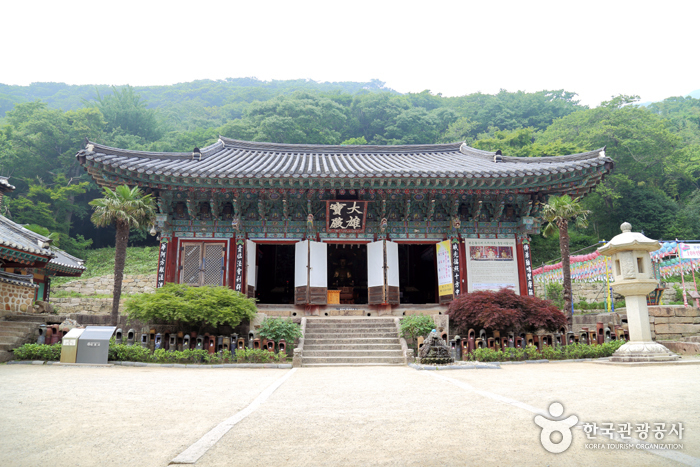
– Homepage
www.daeheungsa.co.kr
www.daeheungsa.or.kr
– Tel
+82-61-534-5502
Daeheungsa Temple, located on Duryunsan Mountain, is said to have been founded by Monk Ado in the 22nd year of King Seong of Baekje. In 2018, it was inscribed on the UNESCO’s World Heritage List as part of the “Sansa, Buddhist Mountain Monasteries in Korea.” Also known as a temple where the spirit of Buddhism for national protection remains alive, Daeheungsa Temple served as the main base for monk soldiers led by Seosan Daesa during the Japanese invasions of Korea. Later, Seon Master Choui, who believed that the truth of the Buddha and the joy of meditation could be found in tea, built Iljiam Hermitage in the valley of Daeheungsa Temple. There, he devoted himself to solitary practice for more than 40 years, earning the temple recognition as a sacred site of Korea’s tea culture. Situated in a wide mountain basin, Daeheungsa Temple displays a unique layout. Geumdangcheon Stream runs through the grounds, dividing the buildings into North and South Precincts. Unlike standard temple layouts, these buildings are arranged freely, creating a distinctive spatial composition. Set farther back behind the South Precinct are the Pyochungsa Shrine, dedicated to Seosan Daesa, and Daegwangmyeonjeon Hall within Donggukseonwon Temple. Among the treasures of the temple is the Rock‑carved Seated Buddha at Bungmireugam Hermitage, designated as a National Treasure. Seosan Daesa Relics Hall houses 24 cultural artifacts, including royal gifts from King Seonjo, such as a jade alms bowl and a jadeite (green jade) alms bowl, along with Seosan Daesa’s calligraphy, sedan chair, shoes, and Buddhist scriptures written in gold and silver.

